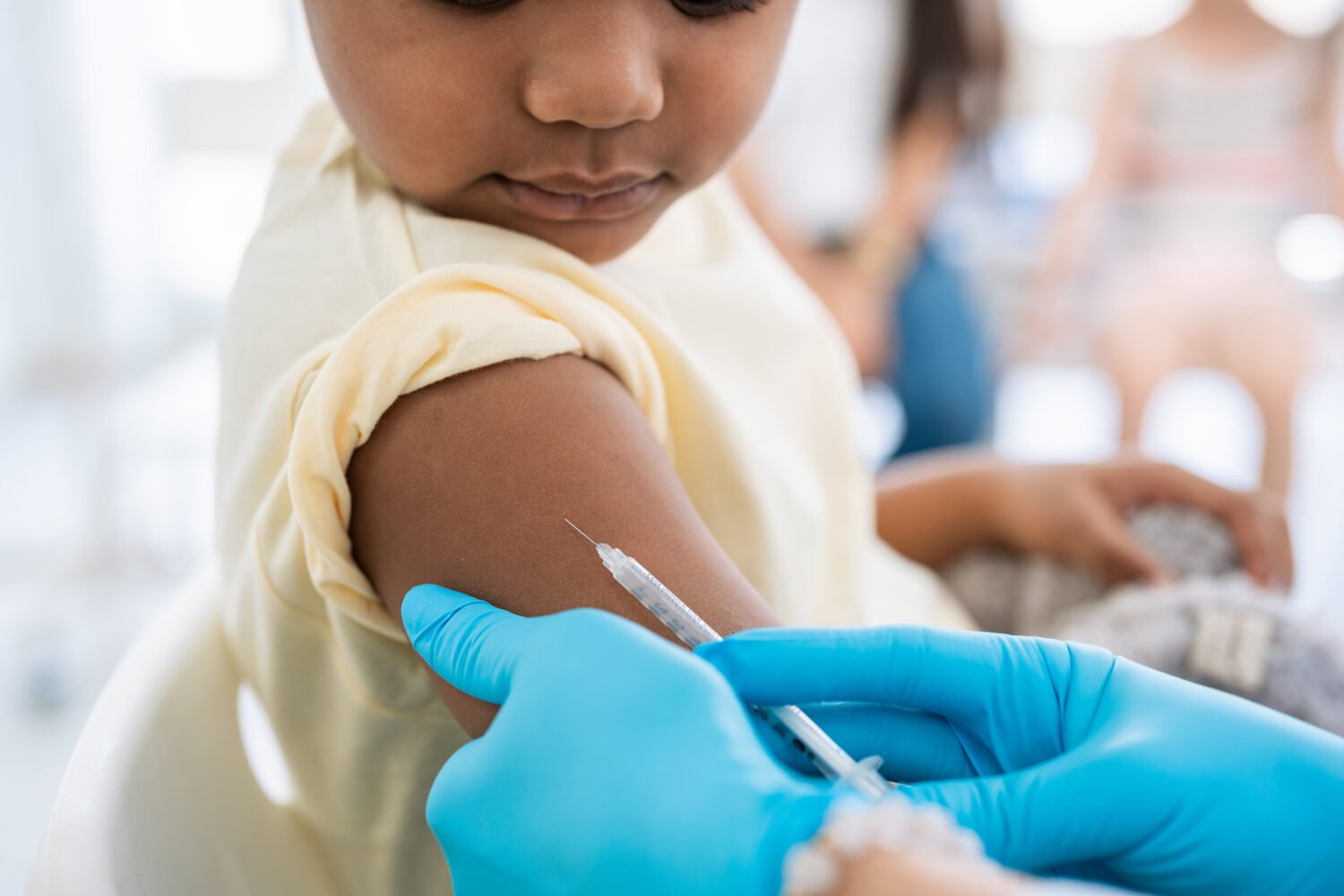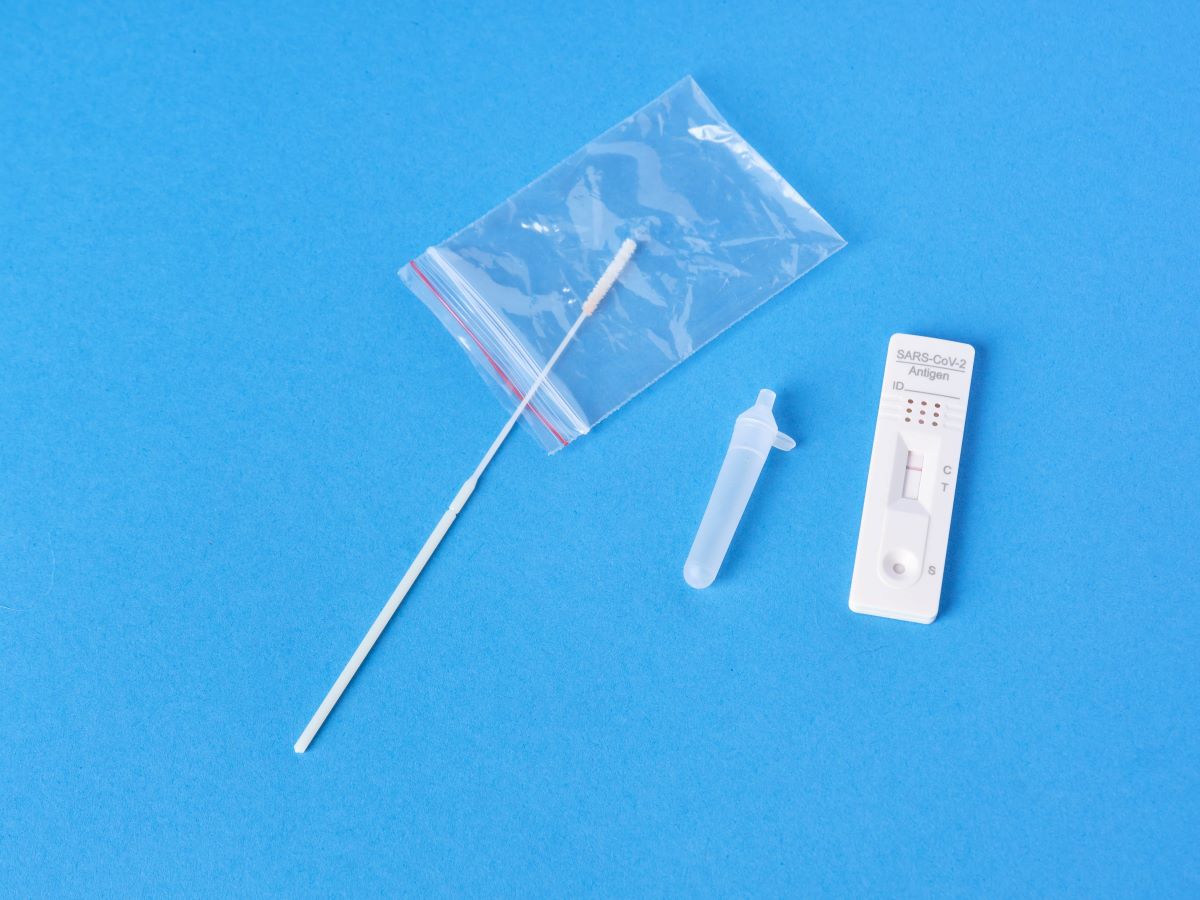If you’ve gone on a walk recently and been caught in a downpour—even though your weather app’s radar showed no rain when you set out—Covid-19 may be to blame. Though, if so, only partly.
Weather forecasts rely on a lot of data—most of which comes from satellites, but some of which comes from airplanes. And with many people unwilling to travel during the pandemic, the number of flights in the sky has decreased dramatically—by almost half the usual volume, as of August 10.
A recently published study by Dr. Ying Chen at Lancaster University in England found, after studying forecasts versus actual observed weather between March and May, “a large deterioration in forecasts of surface meteorology” in regions, such as North America, that normally have busier airspace.
A statement from the National Oceanic and Atmospheric Administration sent to Washingtonian said they have not, in fact, seen any deterioration in forecasts: “Despite the reduction of commercial passenger flights, we still receive valuable aircraft data from the passenger flights that are ongoing and from flights by cargo carriers. . . . We have not seen any noticeable reduction in model accuracy. . . . Automated weather reports from commercial aircraft provide exceptionally valuable data for forecast models, but we also collect billions of Earth observations from other sources that feed into our models, such as weather balloons, our surface weather observation network, radar, satellites and buoys. In fact, 85% of the observations that feed our global weather forecast model comes from polar-orbiting satellites.”
Chuck Bell, a meteorologist with WRC-TV, does say, “I think there has been a slight degradation [in the data]. Not a lot. Every modern jet is essentially a flying weather station, constantly sending back data—here is the altitude I’m at, and here is the temperature, the humidity. When you give up that kind of density [of flights], it has to have an impact.”
Bell says that because modern satellites have made forecasting so much more accurate than it was in the past, viewers seem to notice more when a forecast is wrong. “We can be right 99 times out of 100, but the one time you go out and walk your dog and get rained on, that one time is the one time you remember,” he says. By way of example, if a forecast may have been inaccurate once a month before, Bell says, and now, as a result of the decreased data, the forecast could be off twice a month, “now you’re missing it twice as often. But that’s still an incredibly accurate forecast.”
Bell does insist that despite the decrease in data, he has not noticed any drop-off in NBC4’s forecast accuracy. We all may simply be noticing the weather more, because so much of our new normal depends on planning socially distant outdoor gatherings or eating at a sidewalk restaurant table.
As for getting caught this week in a freak storm that seems to come out of nowhere? You can’t blame Covid-19 for that.
“In the last two weeks, we’ve had some unusual events,” Bell says. “A week ago Sunday, it literally rained at my house in the Logan/Shaw neighborhood, but it never rained at National Airport or in Bethesda. We’ve had a lot of those incredibly high-impact but small-scale events. The last two to three weeks, we’ve essentially had Florida weather, when it’s raining on one side of the street like crazy but not raining on other.
“What causes that is how much moisture the atmosphere contains. What we’ve been in in the last few weeks is incredibly high levels of humidity, and like Florida in the summer, there’s nothing to push the storm from point A to point B. It bubbles up over point A, pours itself out, and never moves on. As we get later into August and into September, when cold fronts reach us again, the same storms that pop up have a push to move on. It rains on Tysons, then maybe moves over Bowie and then to Annapolis. Instead of raining on Tysons and on Tysons and on Tysons.”

















